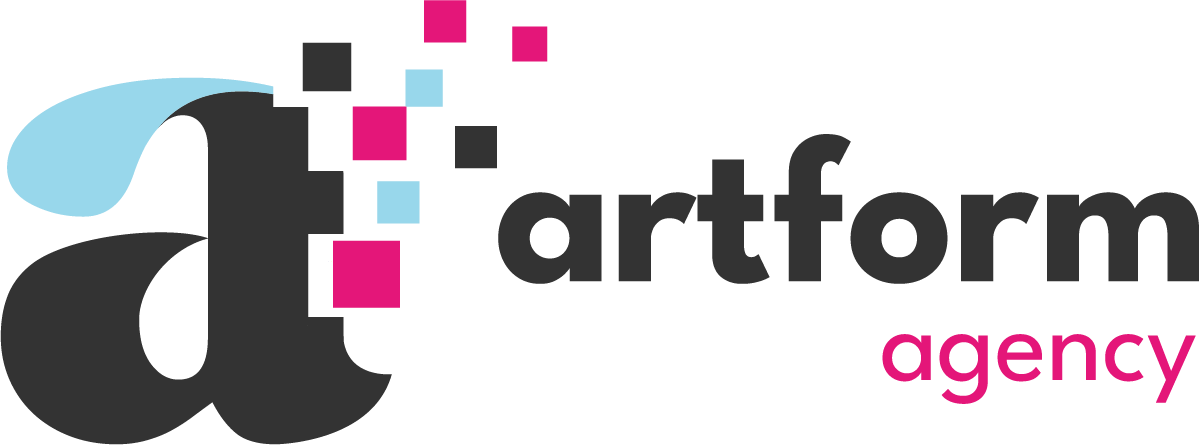Attribution Models, UTMs, and Mediums: Myths vs. Facts
Written by Kalina Totzeva, Digital Strategist at ArtForm
In performance reporting, small technical decisions can have a big impact. Attribution models, UTM parameters, and the way we define “mediums” are often treated as backend details—but they shape how results are interpreted and which actions are prioritized.
Getting them right matters. Here’s why.
Attribution Isn’t One-Size-Fits-All
Myth: Last-click attribution is good enough.
Fact: It oversimplifies the decision journey.
When reporting is based only on the final interaction before conversion, it misses the broader picture. Most campaigns—especially those targeting high-consideration audiences like government or B2B—depend on multiple touchpoints: an early-stage LinkedIn ad, a mid-funnel webinar, a follow-up email.
Models like linear, time decay, or position-based help account for the full path, not just the last click. This leads to better budget decisions, especially when optimizing full-funnel strategies.
UTMs: A Simple Fix for Messy Data
UTM parameters are often added inconsistently, which leads to confusing reports and missed insights.
- Inconsistent naming—like alternating between utm_medium=paid-social and utm_medium=social—breaks comparisons across campaigns.
- Leaving UTMs off email links or unpaid social posts means losing visibility into traffic sources.
- Without UTMs, platforms default to “direct” or “other,” making it hard to attribute success to actual efforts.
Standardized UTMs don’t require complex tools—just a shared approach and naming convention. This small habit improves campaign tracking across platforms like GA4, HubSpot, and ad dashboards.
Mediums Should Reflect Actual Tactics
Too often, utm_medium=paid is used across all platforms, making it difficult to distinguish what actually performed.
Using more specific terms—like paid-social, search, email-nurture, or retargeting—lets you segment performance by tactic, not just channel. This provides a clearer view of how different parts of your campaign work together.
If multiple platforms show the same medium in reporting, it’s hard to know what to scale or shift. Precise mediums solve for that.
The Bigger Picture
When attribution models are mismatched and UTMs are misused, reporting becomes reactive. It’s harder to spot what’s working, understand campaign influence, or plan future strategy with confidence.
Clean data structure doesn’t just improve reports—it improves decision-making. It reveals what efforts are actually moving people through the funnel, where investments are paying off, and where adjustments are needed.
For teams running multi-channel campaigns with complex audiences, this clarity isn’t optional—it’s essential.
If you want to make sure your attribution, UTMs, and mediums are set up for clear, actionable reporting, reach out to Artform to get it right from the start.


